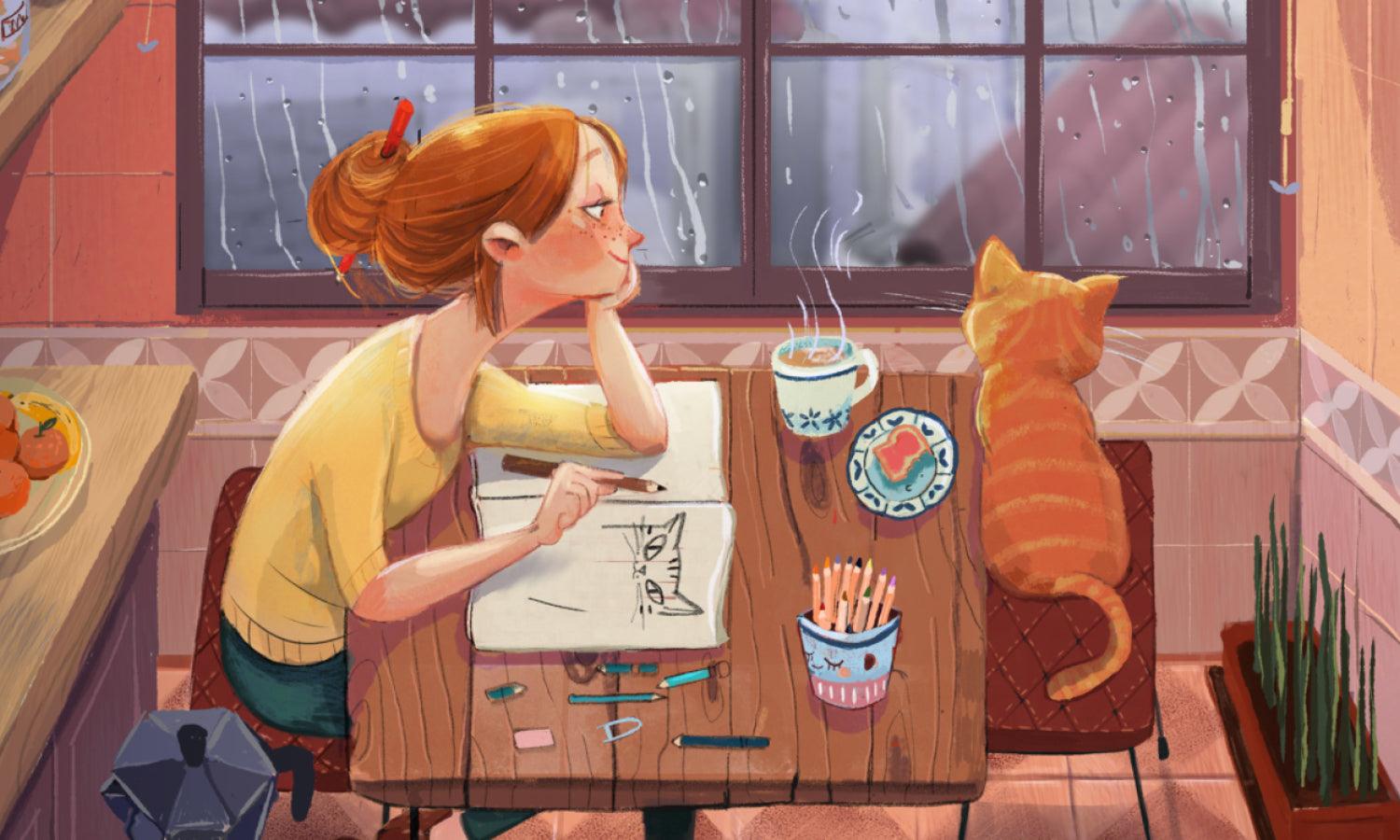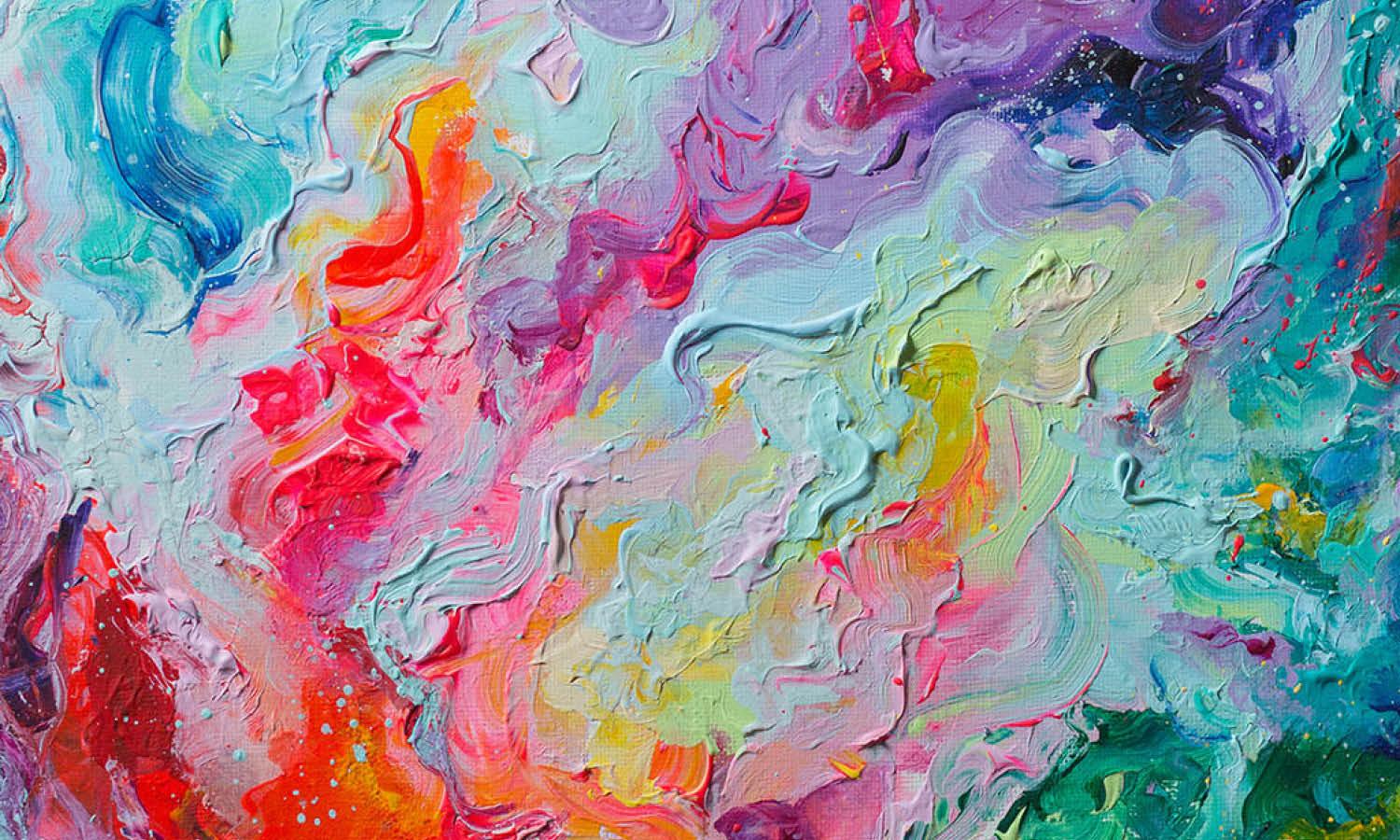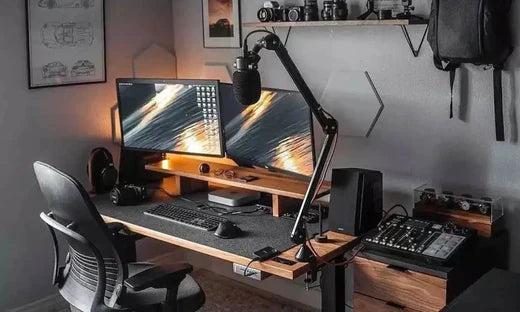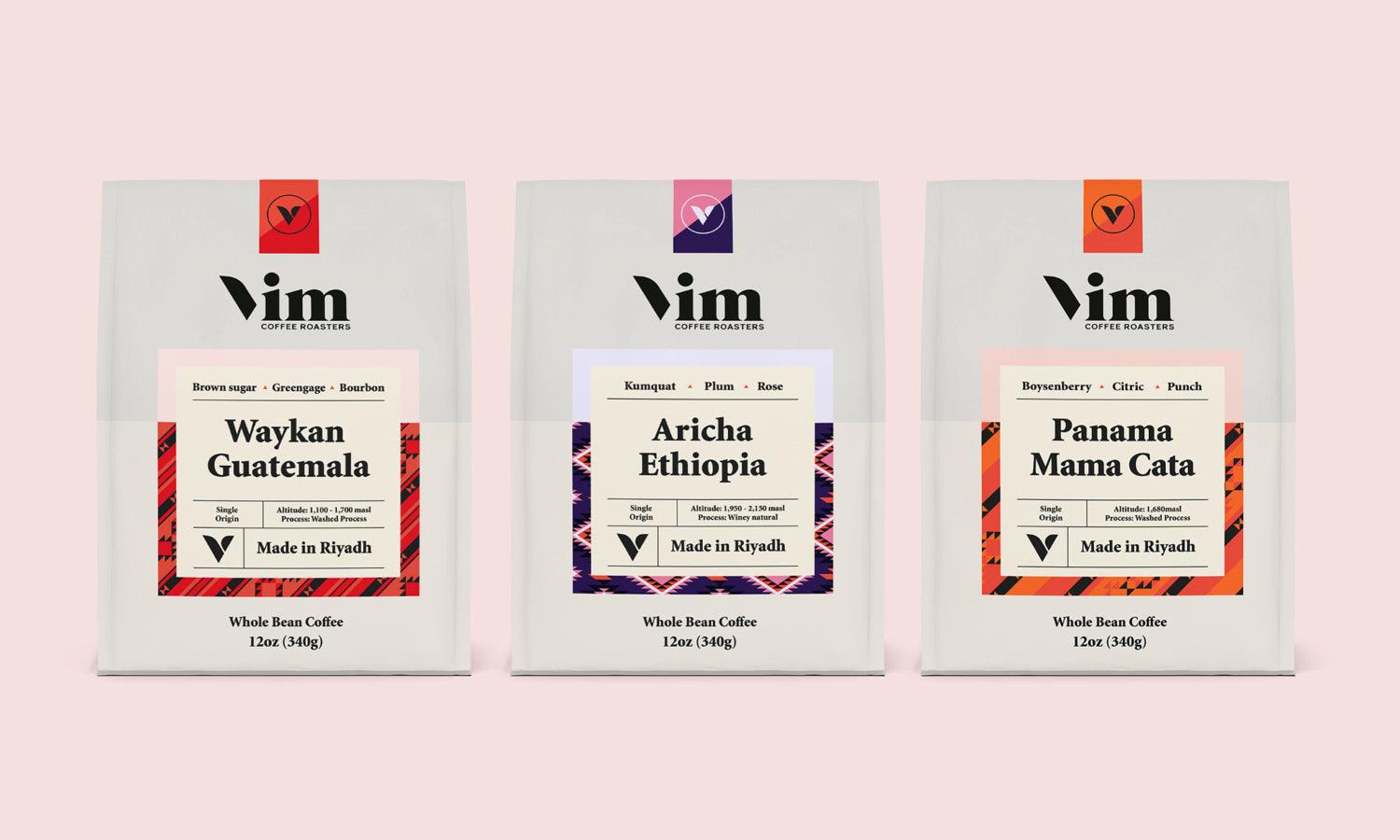What Wallpaper Goes Best with White Interior Doors?
White interior doors are a symbol of balance, clarity, and timeless beauty. They work in nearly any space — whether minimal, ornate, or modern. But when it comes to choosing the perfect wallpaper to match them, things can get tricky. The goal isn’t to simply decorate the walls, but to create harmony between surfaces, textures, and tones.

If you’re updating your space with invisible or white doors, check out the premium options at https://indigodoors.com/invisible-doors/ — a destination in Florida for high-end interior doors designed for elegance, silence, and architectural impact. Perfect for pairing with all types of wallpaper, from the bold to the understated.
A white door doesn’t compete — it completes.
Start with your style
Your interior style will guide every design decision. The wallpaper you choose should feel like a natural extension of the room’s identity, and white doors serve as the link between color, structure, and air.
Consider these matches based on popular styles:
-
Minimalist spaces
Soft white-on-white textures or subtle geometrics blend seamlessly with plain white doors -
Scandinavian interiors
Light woods, pale botanical prints, or linen-textured wallpaper match white doors for a warm, natural feel -
Traditional/classic decor
Floral patterns, damasks, or toile designs feel richer next to elegant paneled white doors -
Modern urban homes
Use monochrome contrast, abstract shapes, or even dark wallpaper to frame doors with a dramatic presence -
Coastal and relaxed aesthetics
Choose watercolor effects, sandy beige tones, or soft blue patterns that keep the room open and breezy
Your wallpaper is the voice. The door is the silence between sentences.
Neutrals that embrace simplicity
Neutral wallpapers are a natural partner for white interior doors. Together, they create quiet, spacious, and welcoming rooms — especially important in bedrooms, living rooms, or entryways.
Popular neutral shades to consider:
-
Warm beige
-
Light taupe or oatmeal
-
Cool gray or greige
-
Cream or soft ivory
-
Muted sage or dusty olive
These tones don’t overwhelm or steal attention. Instead, they support the architecture and furniture around them. Texture can add depth without disrupting harmony — think linen weaves, brushed plaster, or raw silk effects.
When you don’t want the walls to speak loudly, let them whisper in harmony with your white door.
High-contrast drama
If subtle isn’t your style, you’ll be glad to know that white doors pair beautifully with bold, dark, or saturated wallpapers. In fact, the contrast makes the door look crisper, more sculptural, and deliberate.
Best contrast combinations include:
-
Deep navy or charcoal walls with white shaker or flush doors
-
Matte black wallpaper in hallways for gallery-like drama
-
Emerald green or burnt orange for warm, modern vibes
-
Graphic black-and-white patterns that create movement
-
Oversized florals or murals for a curated designer feel
Contrast brings out the bones of a space — and white doors act as visual punctuation.
White exists to bring light into shadow. In dramatic rooms, the door becomes a quiet star.
Wallpaper with patterns and texture

When white doors are sleek or minimalist, walls are free to show texture and detail. Patterned or textured wallpaper is a powerful tool to bring visual interest without cluttering the space.
Try the following options:
-
Vertical pinstripes or herringbone patterns for visual height
-
Abstract lines or geometric grids to echo modern door shapes
-
Botanical or nature motifs to bring life into simple rooms
-
Faux linen, raw silk, or woven textures for a tactile look
-
Subtle metallic sheen for softness and light reflection
Pattern is the rhythm of a wall. White doors let that rhythm move without interruption.
Monochromatic elegance
One of the most sophisticated approaches is the use of tone-on-tone whites. It creates softness, light, and subtle contrast that feels refined rather than cold.

Here’s how to do it right:
-
Choose a wallpaper in ivory, eggshell, or off-white
-
Mix flat finishes with gloss (matte door, satin wallpaper or vice versa)
-
Add visual interest through relief textures, raised designs, or light play
-
Use wood floors, soft textiles, or stone accents to ground the design
-
Let the ceiling and trim be slightly warmer or cooler to create dept.
A white room is not empty. It’s full of intention and light.
Room-by-room suggestions
Different rooms call for different expressions. Think about both the function and the feeling you want the room to evoke.
-
Living room
Light grays, soft patterns, or neutral botanicals with white doors create calm and social warmth -
Bedroom
Pale florals, misty watercolor wallpapers, or linen-textured prints paired with simple white doors give comfort and rest -
Home office
Structured designs like vertical lines, grids, or tone-on-tone wallpapers promote focus; white doors keep it professional -
Hallways and transitional areas
Dark or patterned wallpaper gives energy; white doors offer rhythm and clarity between zones
A room’s purpose should be felt on its walls. The white door stands beside it, silently in support.
Let the walls and door speak the same language
White doors are a designer’s gift. They allow color, texture, and light to take center stage. But their quiet presence still matters. When paired with the right wallpaper, they don’t just fit — they finish the room.
To make the most of your pairing:
-
Let your interior style guide the wallpaper theme
-
Choose neutral tones for softness and simplicity
-
Use contrast for bold and artistic interiors
-
Layer textures and patterns to elevate minimal door styles
-
Try white-on-white elegance when calm is the goal
-
Adapt choices by room function — light for rest, pattern for energy
-
Use lighting, flooring, and hardware to unify the look
When the walls and doors work together, a room becomes whole.















